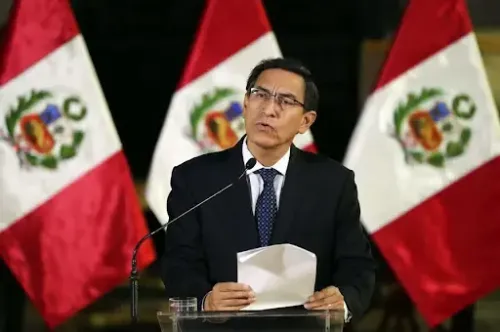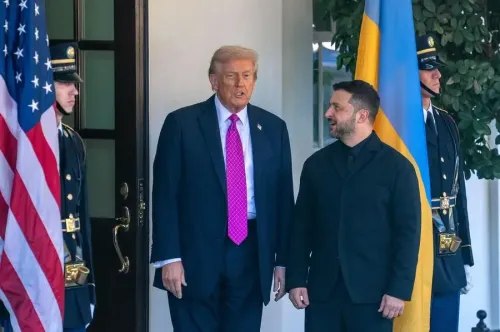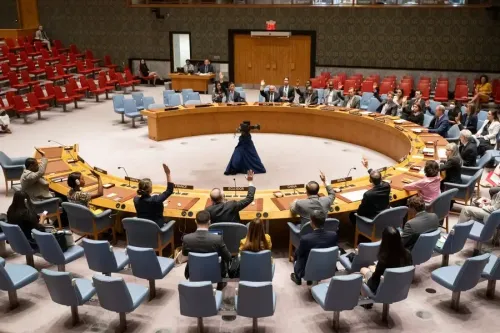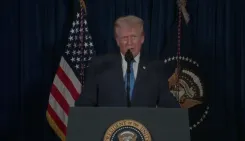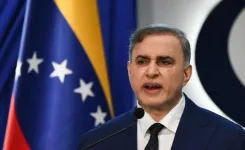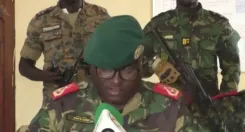Did Israel and Hamas Reach a Historic Peace Deal?
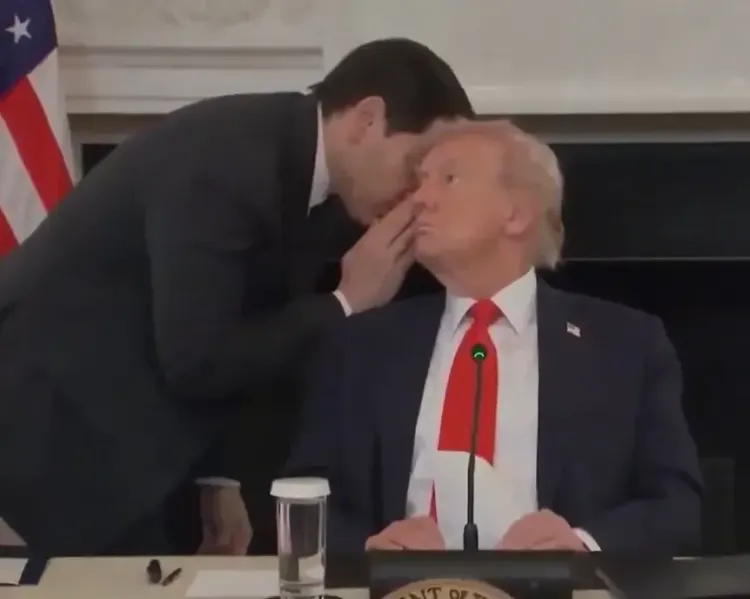
Synopsis
Key Takeaways
- Historic agreement reached between Israel and Hamas.
- Initiates the release of hostages and withdrawal of Israeli forces.
- Facilitated by US President Donald Trump.
- Potential for a lasting peace in the region.
- Involves mediators from Qatar, Egypt, and Turkey.
New York, Oct 9 (NationPress) In a remarkable achievement, two years after the onset of the devastating conflict, Israel and Hamas have come to terms on the initial phase of a peace agreement put forth by US President Donald Trump. This agreement initiates the release of hostages held by Hamas and outlines a gradual withdrawal of Israeli forces.
“Israel and Hamas have both endorsed the first phase of our Peace Plan. This signifies that ALL Hostages will soon be released, and Israel will pull back their troops to an agreed-upon line as the first steps,” he announced on Truth Social on Wednesday.
Previously, Secretary of State Marco Rubio made a dramatic entrance into a meeting to inform President Trump that discussions in Egypt were nearing a conclusion.
President Trump conveyed to journalists from supportive media that he could travel to the region as early as Saturday.
This breakthrough in negotiations, facilitated by the US, arose exactly two years and a day following the brutal attack by Hamas on Israel on October 7, which triggered the conflict.
During that attack, Hamas killed approximately 1,250 Israelis and kidnapped about 250 individuals.
Gaza officials reported that about 67,000 people, mostly civilians, lost their lives in Israel’s counter-offensive, which devastated much of the territory, leading to famine-like conditions as Israel restricted humanitarian supplies.
“All Parties will be treated fairly,” President Trump asserted.
“This is a GREAT Day for the Arab and Muslim World, Israel, neighboring Nations, and the United States of America,” he expressed.
He acknowledged the efforts of mediators from Qatar, Egypt, and Turkey, who collaborated with the US, concluding with a quote from Lord Jesus Christ, “Blessed are the peacemakers.”
After extensive negotiations, which were briefly interrupted by an Israeli airstrike on a building in Qatar where Hamas negotiators were staying, the talks gained traction when President Trump communicated with Israeli Prime Minister Benjamin Netanyahu regarding the attack, rallying leaders from Arab and Muslim-majority nations to exert pressure on Hamas.
According to the Jerusalem Post, citing Arab media, the peace agreement is set to be signed Thursday afternoon (local time) in Egypt.
Both intransigent adversaries, Netanyahu and Hamas, portrayed the agreement as triumphs.
Prime Minister Netanyahu remarked, “With God’s help, we will bring them all home.”
In a statement, Hamas indicated that the agreement would “facilitate the withdrawal of the occupation, allow humanitarian aid to enter, and implement a prisoner exchange.”
Hamas even expressed gratitude towards President Trump, stating they appreciated his efforts “aimed at permanently ending the war and ensuring the full withdrawal of the occupation from the Gaza Strip.”
Had they rejected the deal, Hamas risked the complete destruction of Gaza and a devastating loss of life.
Following the unsuccessful attempts to broker a resolution for the Ukraine War with a theatrical meeting with Russia’s President Vladimir Putin, President Trump was heavily invested in resolving the Gaza conflict.
President Trump proposed a 20-point peace plan for Gaza, commencing with the release of hostages by Hamas and the freeing of Palestinian prisoners by Israel.
This framework is intended to lead to Israel's troop withdrawal from Gaza and Hamas's disarmament, with President Trump’s son-in-law Jared Kushner personally involved in negotiations alongside Trump’s Special Representative Steve Witkoff.
President Trump has now set his sights on Iran, stating to Fox News that Iran, which was not included in the group of Arab and Muslim-majority nations, had “blessed” the Gaza deal and could be part of a broader Middle East peace agreement.
If fully realized, the Gaza peace deal could pave the way for the resumption of the Abraham Accords he initiated during his first term, expanding diplomatic relations between Israel and the United Arab Emirates, Bahrain, Sudan, and Morocco.
Trump's 20-Point Peace Plan ultimately envisions a “technocratic, apolitical” governance structure for Gaza, overseen by a Board chaired by the President himself, with former British Prime Minister Tony Blair in a leadership role.
President Trump’s approach to the Gaza conflict has evolved through various phases, ranging from total support for Netanyahu, advocating for the removal of Palestinians from the territory to establishing a “Riviera” on the coast, to finally pressuring both sides toward a deal.
The protracted conflict has begun to take its toll on both parties.
Netanyahu faces global condemnation, with a vast majority of nations denouncing the assault on Gaza and endorsing the establishment of a Palestinian state.
Domestically, pressure is mounting for the return of hostages.
However, he now faces opposition from right-wing members of his coalition who demand a complete takeover of Gaza and the expulsion of Palestinians.
As the violence continues in Gaza, the local population, caught between Hamas and Israel, is becoming increasingly restless, while Arab nations are urging Hamas to consent to a deal.

